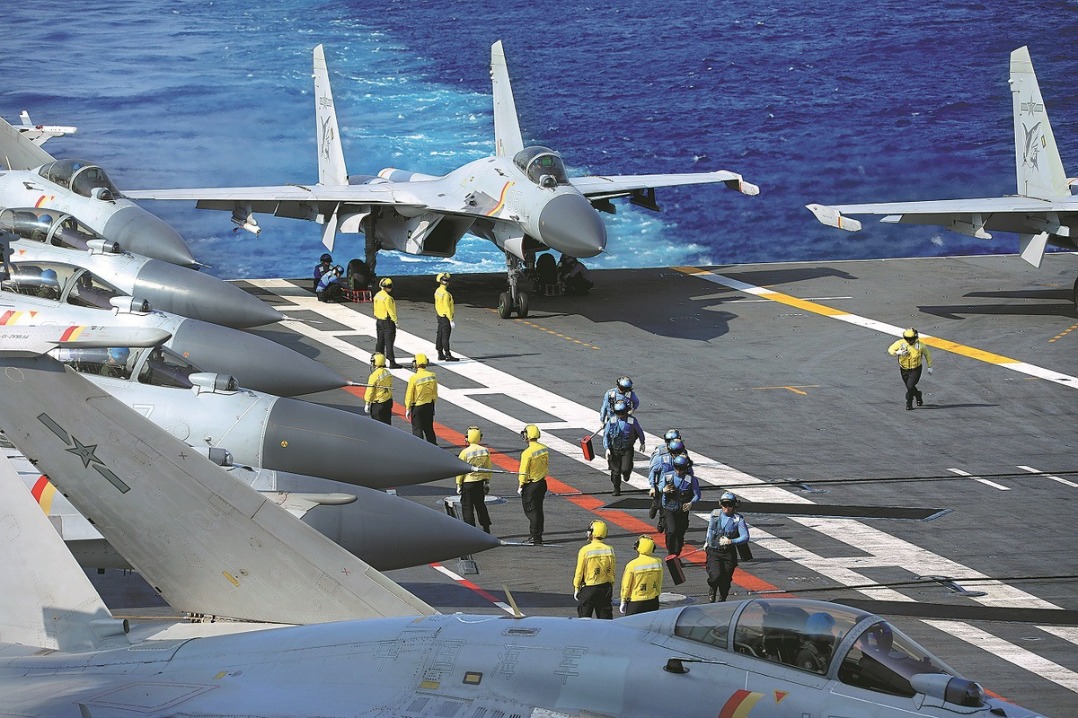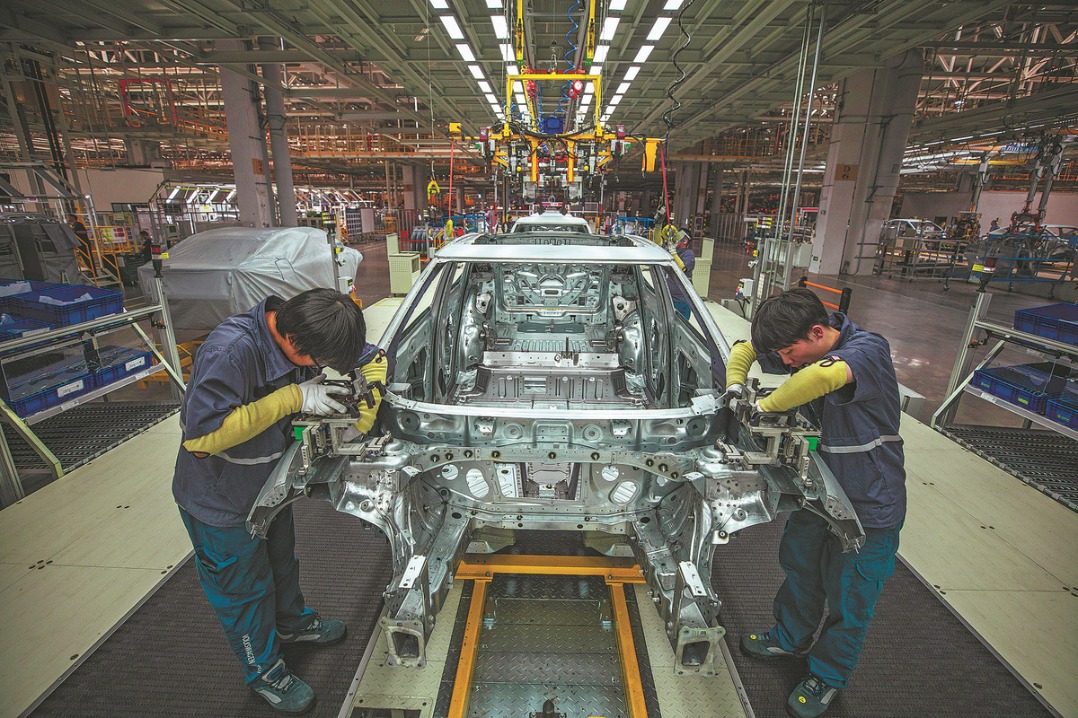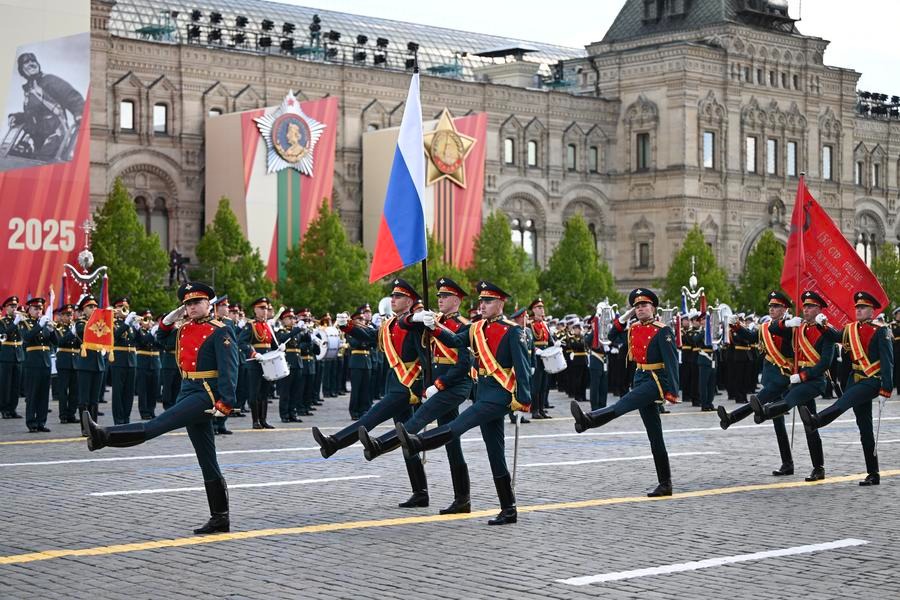Cementing BRICS together


The onus lies on China and India to keep the group of leading developing countries together
The first two decades of the 21st century have witnessed tectonic transformations. Modern technology has resulted in an exponential growth in mutual awareness and empowerment of increasingly interdependent global citizens.
The Westphalian state system of the last 372 years is having to increasingly reckon with the unfolding specter of non-state actors such as transnational organizations (both governmental and non-governmental), multinational corporations and terrorist networks.
Moving beyond their historical preoccupation with enhancing the destructive capabilities of their armed forces, states now need to ensure the productivity and prosperity that constitute critical components of national power. National security is inclusive of development. Power is being replaced by influence. The conventional understanding of power-so-called hard power-is being supplemented by soft power, smart power and sharp power; all undergirded by human resources, technologies and financial leverage.
This has changed the global hierarchy, producing new clusters of power in international relations. For example, while the economic rise of the then West Germany and Japan in the 1970s-in the midst of the Cold War-did not make them great powers, the economic rise of China since the 1990s-coinciding with the collapse of the Soviet Union-has given Beijing enormous system-shaping leverages. This explains how emerging economies have come to be as celebrated as a new category of influencers in international decision-making processes and structures.
Early to appreciate these structural changes, Jim O'Neill, former chief economist at Goldman Sachs, published two papers: One in November 2001 titled "The World Needs Better Economic BRICs" and another in 2003 titled "Dreaming with BRICs: The Path to 2050". These papers outlined how the emerging economies of Brazil, Russia, India and China promised continued high growth rates, better per-dollar returns for investors and projected their expanding share in global governance.
For the first 10 years of the 21st century, BRIC growth trajectories held true to these projections. This resulted in their coming together after their 2009 Yekaterinburg summit. The fact that this coincided with the onset of global economic slowdown in 2008 and inclusion of South Africa in 2010 to make it BRICS made their continued economic rise even more noticeable.
However, this also witnessed their individual growth trajectories drifting away from prophesied patterns. China stood apart by consistently increasing its lead, while the others, especially Russia and Brazil, have been held back.
More recently, the COVID-19 pandemic has further expanded China's lead over the remaining BRICS members. China's GDP crossed 100 trillion yuan ($15.64 trillion) in 2020 and is now bigger than that of Japan, Germany, the United Kingdom and France combined. It is two-and-half times bigger than that of the rest of the BRICS. But BRICS have so far held together; and their combined GDP of $20.34 trillion is edging past US GDP of $21.43 trillion. The question is: Can BRICS hold together any longer or is it losing shine to other forums such as the Quadrilateral Security Framework of the United States, Japan, Australia and India, which has also become increasingly noticeable.
The onus for keeping BRICS alive and together lies primarily with China and India-the two largest BRICS economies. This makes strong China-India relations a prerequisite for the future of BRICS. What holds promise is that the reverse is equally true: The success of BRICS carries direct positive spinoffs for their relationship. This gives hope for the future of BRICS.
China and India remain economically most engaged in an otherwise disjoined BRICS. Brazil and South Africa are geographically distant, with very different priorities while China, India and Russia have their own divergences and differences. This is why they have evolved a unique strategy for each BRICS summit, preceding each with over 50 pentagonal preparatory meetings among their academics, think tanks, journalists, business and sports persons, advisors, officials and senior ministers. These interactions aim at creating ground level constituencies for an organic evolution of strong foundations for the BRICS forum.
With the pandemic hopefully receding into the background, most economies are today expecting to enter a new phase of Vor U-shaped economic recovery. This period has seen China and India set new records in vaccinating their people, as well as producing and supplying vaccines, medicines, materials and equipment to fight against the virus and provide humanitarian aid around the world. It is also marked by Chinese active pharmaceutical ingredients supporting India as the Pharmacy of the World. This stability in China-India relations promises BRICS coming together to devise innovative strategies to stay on course.
The author is a professor and chairman at the Centre for International Politics, Organization and Disarmament at the Jawaharlal Nehru University, New Delhi. The author contributed this article to China Watch, a think tank powered by China Daily. The views do not necessarily reflect those of China Daily.
Contact the editor at editor@chinawatch.cn

































